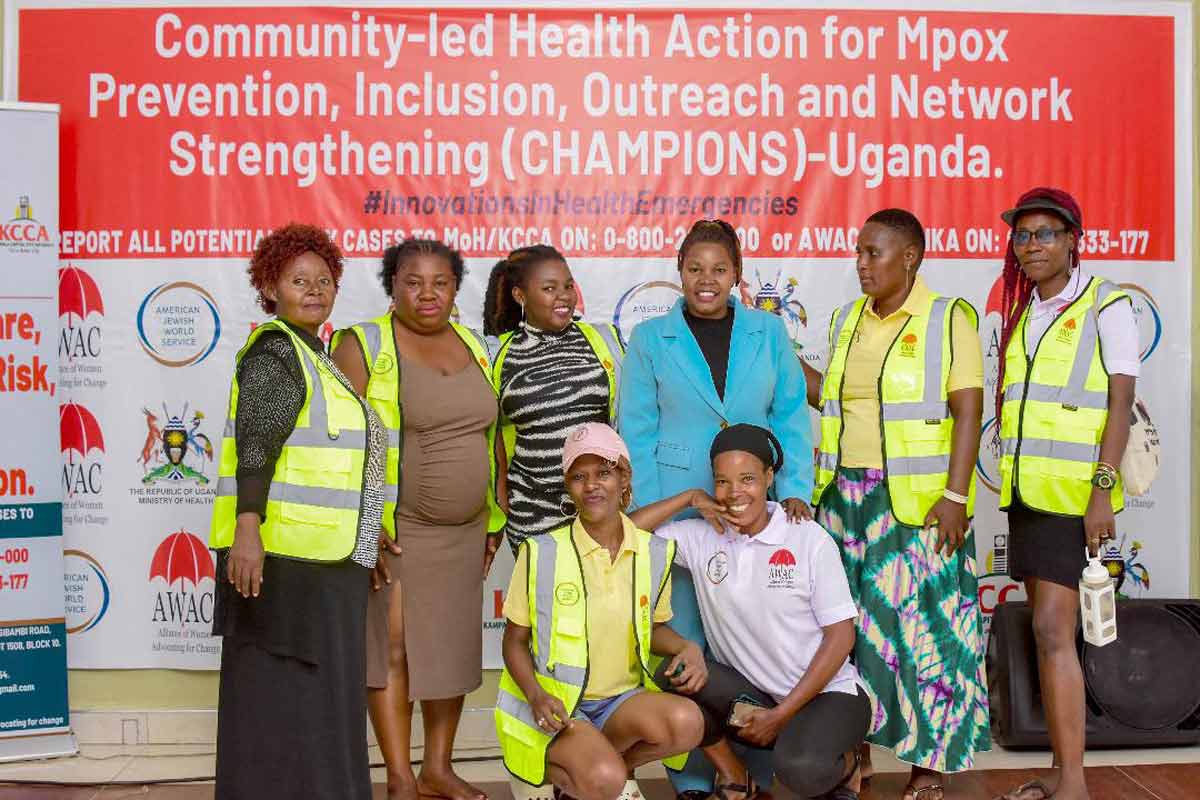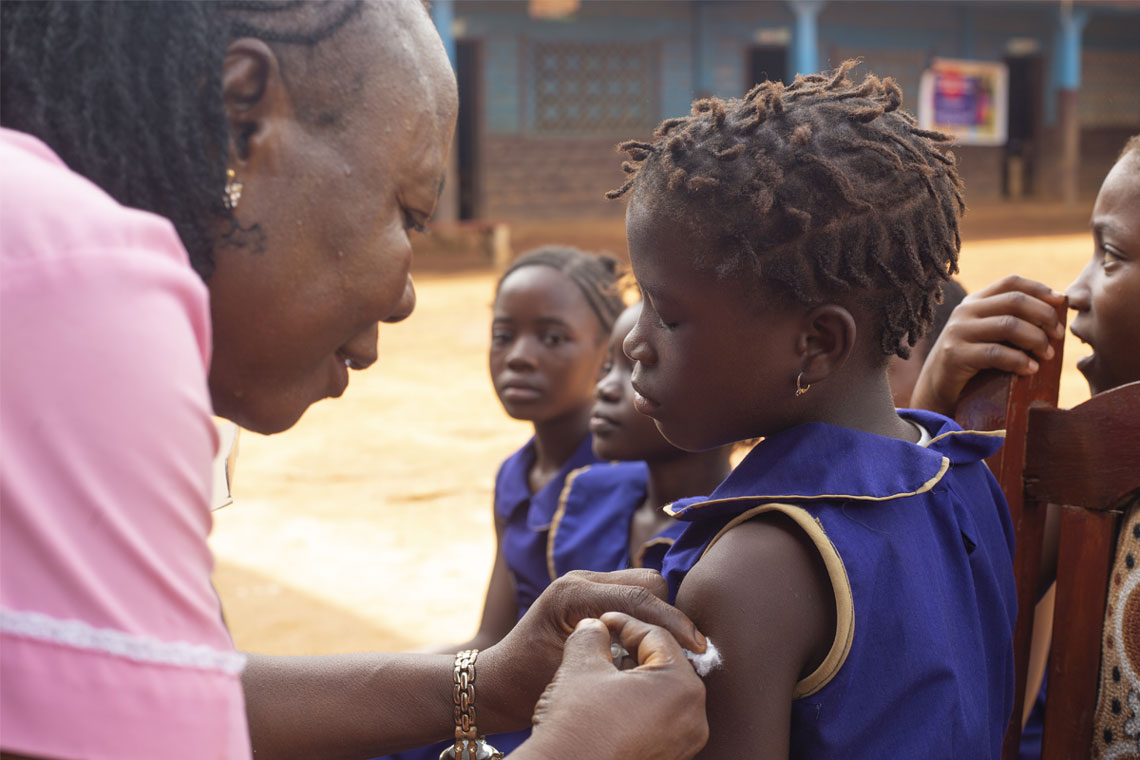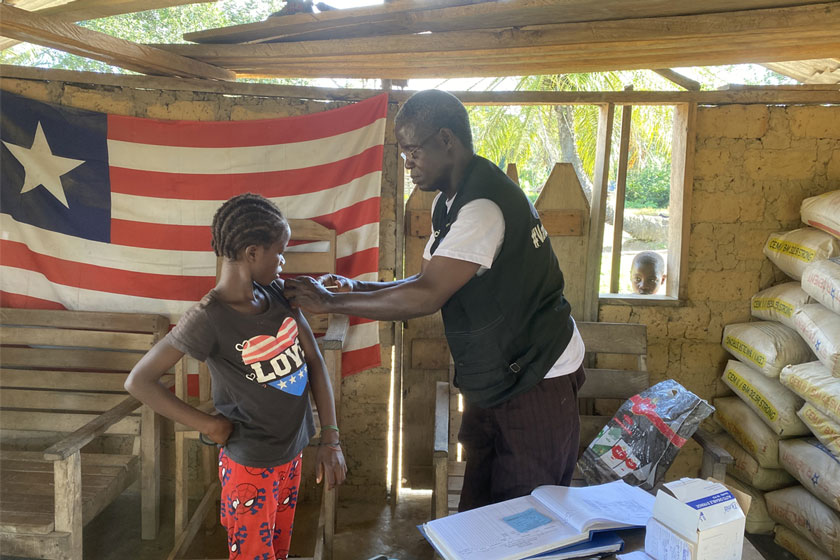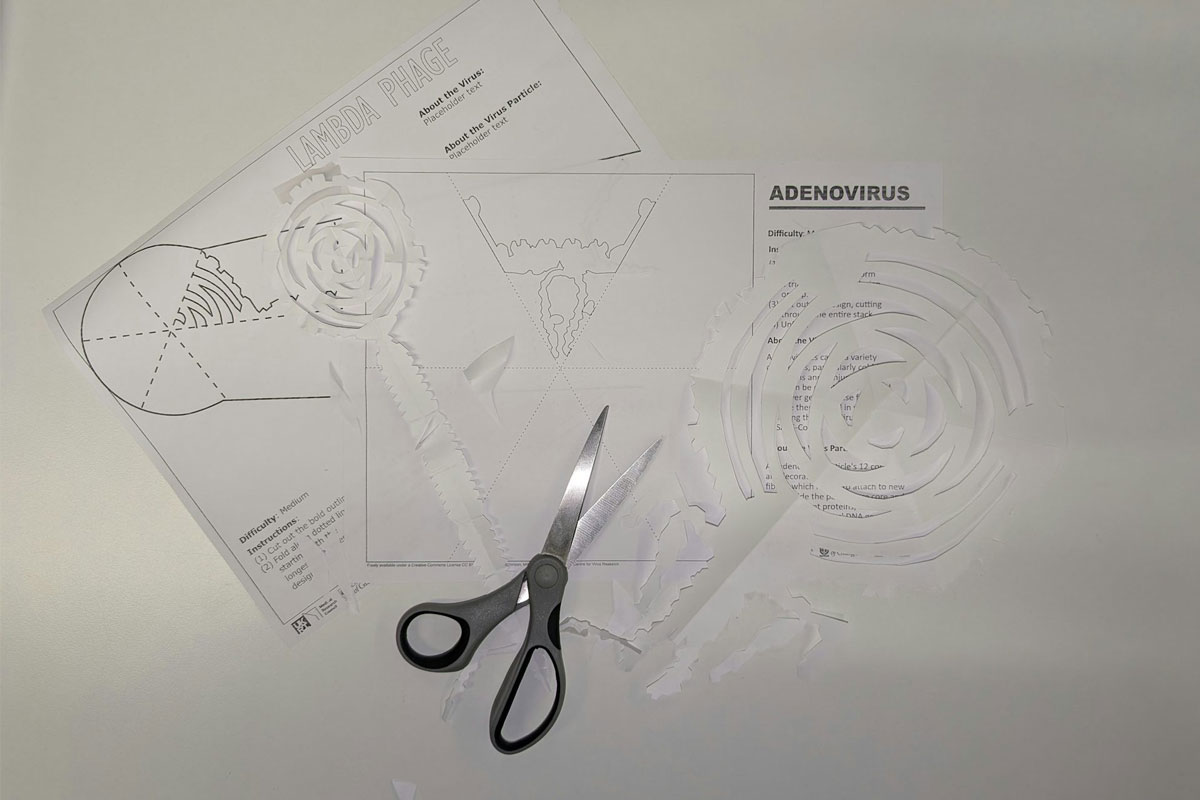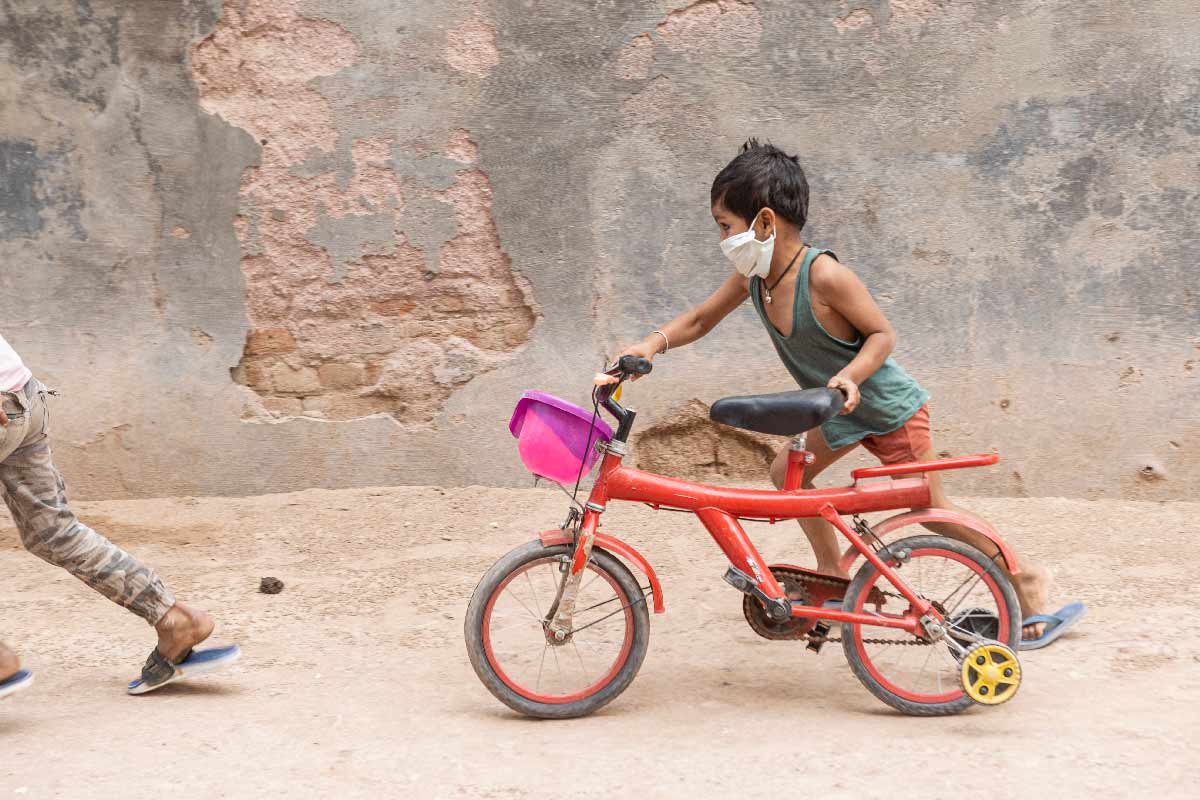In Uganda a new epidemic alert system is helping fight mpox
Mpox has devastated communities across Africa. In Uganda a novel text alert system is helping health workers to contain an outbreak.
- 28 July 2025
- 4 min read
- by Esther Nakkazi
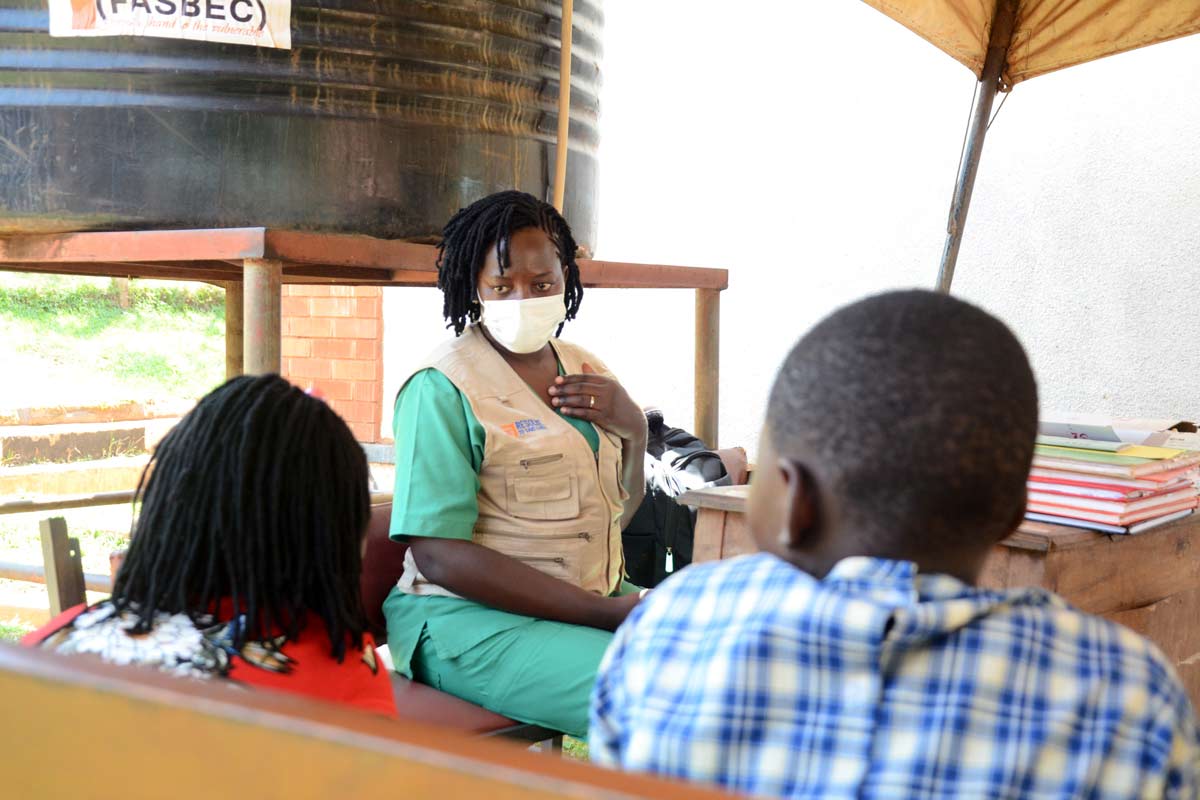
Edith Nalunga, a nurse and public health surveillance specialist based at Nabweru Health Centre III in Uganda’s Wakiso District, is talking to a patient at her desk when something buzzes in her pocket.
She pulls it out: this is not the android smartphone she uses to WhatsApp her colleagues and friends, but a simpler basic small device, which does not require data and only allows calls and text messaging. This notification delivers the code “6767”, which Nalunga recognises as part of Uganda’s public health early warning system.
Codes like this one are used by health and community health workers to put information on unusual events – from infectious disease events, to lightning strikes to dog bites, or spring water changing colour – through an electronic surveillance platform centralised at the Ministry of Health’s Public Health Emergency Operations Centre (PHEOC).
6767, specifically, is code for a suspected mpox case. In the year since Uganda’s mpox outbreak began in July 2024, the country has recorded 7,404 confirmed cases and 44 deaths. Mpox was declared a global health emergency by the World Health Organization (WHO) in August 2023. The outbreak expanded from 12 to 23 countries and remains active in 16.
It’s community health workers like Nalunga who staff the frontline of the international effort to keep the virus in check. Now she is being summoned to follow up on a suspected case.
The alert has been issued by Hadijah Namagembe, one of the Village Health Team (VHT) members of Lugoba I, Kazo ward, Nambweru, who has sent through further detail: the age of the suspected patients, their area of residence, and some key symptoms.
Nalunga meets Namagembe near a busy junction and together, they weave their way through the slum to their patient’s house. Namagembe explains that once she issued the alert, she cautioned the family to stay at home and wait for the surveillance officer, whose opinion would inform their next steps.
“Public awareness is the biggest healthcare gap”
“With surveillance, you realise that if you educate people, they can prevent many disease [cases],” says Nalunga, the surveillance officer in question.
“Surveillance is many things including shaping community attitudes and empowering communities with knowledge,” she adds. ”You realise people don’t know much," she says. "But once you start talking to them, you see how hungry they are for health education. That motivates me every day.”
Nalunga’s passion for public health, and for preventive healthcare in particular, is fuelled in part by personal pain. She lost her youngest sister to tuberculosis (TB). “I wish I had known more – I would have done everything to support her. She didn’t get the help she needed. That loss made me determined to focus on things that can improve patient outcomes,” she says. The biggest gap in healthcare, she believes, is public awareness.
“I initially focused on tuberculosis prevention, trying to understand how to stop the disease before it spreads,” she says. Along the way, she discovered surveillance – and found the way she would leave her mark.
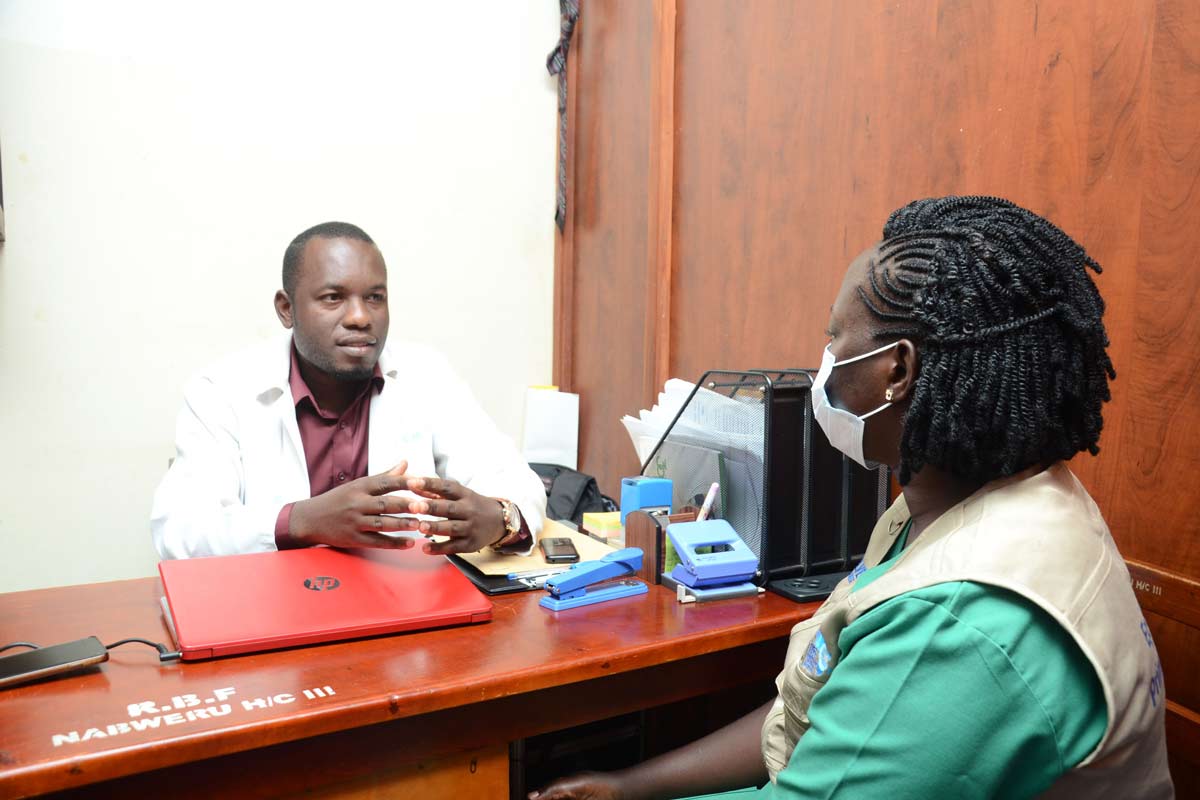
Troubleshooting an epidemic disease alert
Namagembe and Nalunga enter the home of the suspected mpox patient. Nalunga scans the surroundings, something she has been trained to do. She clocks dusty floors, and advises the that a clean environment is a safer environment. She asks the mother about the condition of her sons, aged 14 and 7, who she hears were recently sent home from boarding school for a second time in one term with symptoms suspected to indicate mpox. This time around, their symptoms seem mild, the mother reports: no fevers, just small, sparse bumps that appear only on their buttocks.
Jamil, the 14-year-old, comes out of the two-roomed house first. He is shy in front of the audience of strangers, but mother’s orders have to be obeyed, so he submits to Nalunga’s examination.
Moses, the seven-year-old, hesitantly steps out as Mama Jamil gently lifts his shirt and shorts to show Nalunga the spots. Nalunga examines the rash carefully – checking Moses’s hands, face, feet, and body – before concluding that the case does indeed appear mild. She advises Mama Jamil to go to Nabweru Health Centre the next day for medication so that the boys can return to school after the weekend, and finally offers her advice for ringworm treatment – she has noticed the tell-tale circular mark on Moses’s head.
Case closed, job far from over
Mpox can be dangerous and fast-spreading, but not every case merits isolation. Misaki Wayengera, a researcher and a senior official at the Ministry of Health, confirms that according to the WHO guidelines, mild cases of mpox are characterised by fewer than 25 skin lesions that appear to be non-progressive and with no systemic complications of the case.
Leaving the home, Nalunga explains that there was no need to collect samples from the boys, who will get home-based treatment. Case closed – for now.
“When a public health emergency becomes a community problem we all need to respond. Mpox has emerged as a community disease,” said Wayengera. In this, Nalunga plays a keystone role, confirms Nicholas Bamulasa, the in-charge at Nabweru health Centre III. She has trained other staff in infectious diseases symptoms, and is the centre’s focal person for surveillance.
